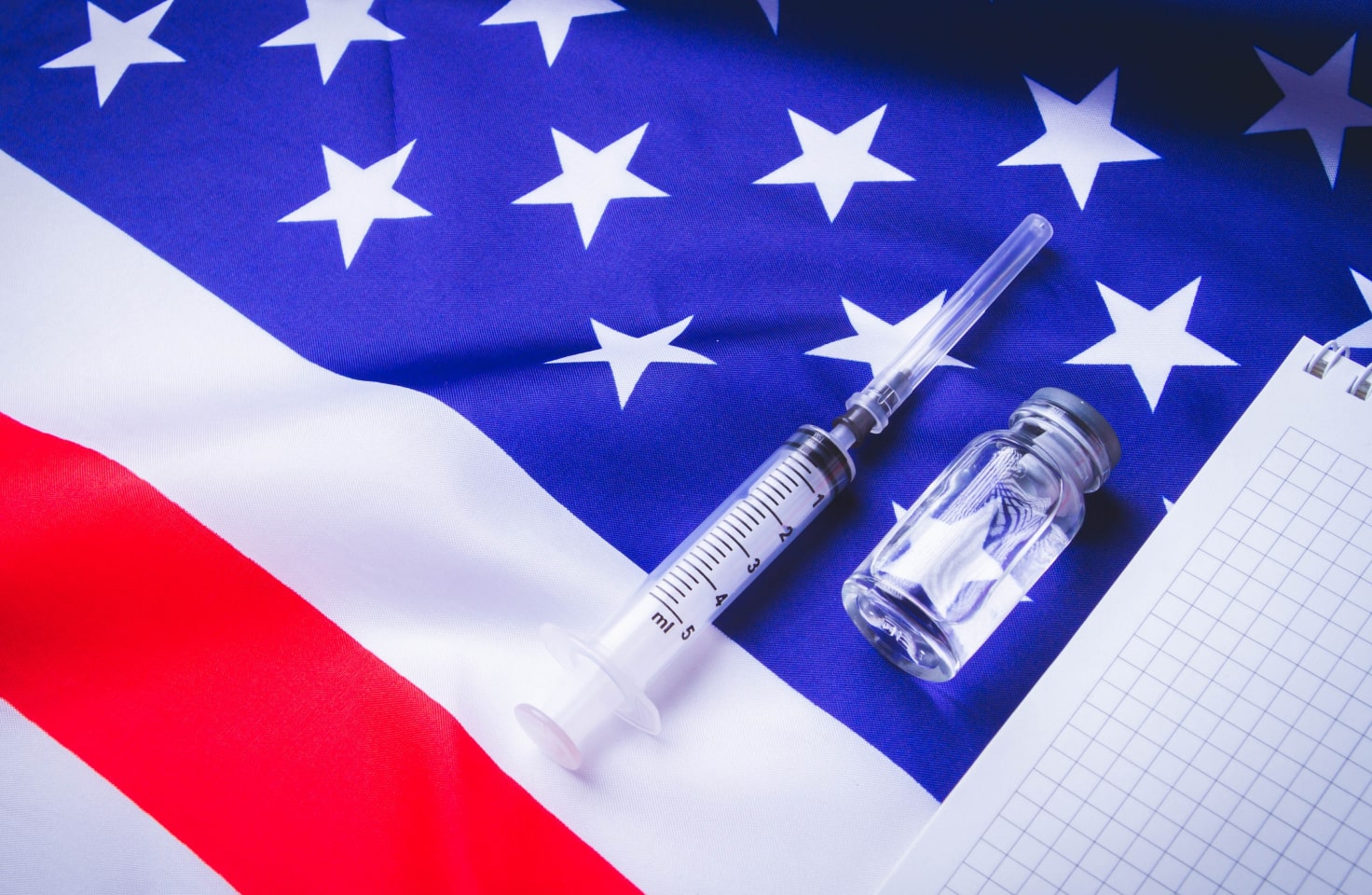T1D Guide
T1D Strong News
Personal Stories
Resources
T1D Misdiagnosis
T1D Early Detection
Research/Clinical Trials
Medical Alert Tattoos for Diabetes
Tattoos have grown in popularity and acceptance, with over one-third of U.S. adults getting inked. What’s more, in recent years, medical alert tattoos have gained recognition and, in some cases, are replacing medical ID jewelry. But if you have type 1 diabetes, it’s essential to know a few things before beginning additional needle therapy.

It’s one thing if you’re intrigued with type 1 diabetes (T1D) tattoos simply as bold body art, but if you’re relying on it to alert medical professionals in an emergency, read on for some pros and cons about diabetes alert tattoos.
Diabetes and Tattoos
As tattoos for medical conditions like epilepsy, cancer and other disorders appear to be on the rise, individuals with type 1 and type 2 diabetes are getting tatts to spread awareness. Whether it’s pride-related to break diabetes stigmas or for their life-saving attributes—here are a few things to know before getting inked.
Good Blood Sugar Control is a Must
Blood glucose levels must be in a good range prior to the procedure to ward off infection. It's a good idea to check glucose levels often prior to your appointment. High blood sugars increase inflammation, weaken the immune system, and reduce blood flow for proper healing. American Medical ID advises T1Ds not to get body art if their HbA1c is above 8%.

Check the Rep
During the appointment, ensure the tattoo artists or employees at the tattoo shop know you have T1D. Additionally, bring snacks to treat hypoglycemic episodes, as the session may take a while. Small tattoos can take 15-30 minutes, but a more intricate one may take several hours or days.
Also, doing your homework and finding licensed tattoo artists and accredited tattoo shops with high ratings is vital.
Pro Tip: Check your state laws. Some states do not allow individuals under age 18 to get tattoos.
Tattoo Placement is Important
According to Diabetes U.K., it’s imperative to avoid getting tattoos on specific body parts where you may have poor circulation. These areas include your feet, ankles, shins, and buttocks. Tattoos on these areas can take longer to heal and lead to infections.
Moreover, you should avoid areas where you inject insulin or place your continuous glucose monitor (CGM).

Follow-up Care
Just as critical as keeping blood sugar levels in check, keeping the tattoo areas clean and covered afterward is essential to ensure quick healing. Monitor your tattoo closely and see a doctor if you feel unwell.
T1D Medical Alert Tattoo Pros
Fearless T1Ds
One of the pros of T1D tattoos is that you are no stranger to getting poked. Like most people, you probably won’t get woozy at the sight of a needle.
Tattoo Options
Additionally, your options are limitless. There are several diabetes tattoos for both T1D and T2D specifically.

Breaking Stigmas
Getting a T1D tattoo dispels myths, spreads awareness, and exhibits uniformity by showing others, younger and older, that you can thrive living with T1D. It also may explain why you wear a CGM or are dosing insulin in the mall cafeteria. (Not that you need anyone’s approval!)
T1D Medical Alert Tattoo Cons
Unofficially Recognized
Unfortunately, not everyone believes medical I.D. tattoos should substitute medical I.D. jewelry. The American Medical ID said tattoos aren’t the most effective way for people with diabetes to communicate their condition.
Medical Professionals May Miss Them
Most professional EMTs and paramedics aren’t trained to look for medical tattoos when assisting patients. There is no standardized size, appearance or spot on the body and emergency responders first look for a medical ID bracelet around the wrist.
The American Medical ID recommends keeping your tattoo simple and direct and placing it on a part of your body that an EMT is likely to see, not covered by clothing.

Risk of Infection
As noted, when blood glucose levels are high, the blood becomes thicker, and it takes longer to send white blood cells to fight infections.
Also, some tattoo artists will perform an allergy test to check how receptive the body is to a particular ink. If a person is allergic, a painful rash may form on the skin.
The American Diabetes Association (ADA) recommends that individuals with diabetes take extra precautions to avoid contamination, as the risk of skin infections is slightly elevated with T1Ds.
Fun Fact: If you're not quite ready for medical tattoos but like the idea, there are several stick-on medical ID tattoos that aren't permanent. These write-on tatts are great for hiking, day camps, parks and other outdoor activities when medical bracelets aren't the best option.

Tattoos for Self-Identity
Just as diabetes doesn’t define you, it’s a massive part of your daily life. Some may feel a sense of pride within the diabetes community and seek T1D tattoos as a form of self-expression.
Hopefully, similar to the tattoo craze, the future of medical ID tattoos may soon shift to T1Ds replacing medical alert bracelets - for those so inclined. The standard of care for EMTs may also change, embracing T1D tattoos for their life-saving properties in emergencies. But most importantly, whether you wear a medical alert bracelet, necklace, tattoo or write-on, others must know your T1D status as your life may be in their hands.


.webp)





.webp)
.jpg)
.jpeg)
.jpg)
.jpg)
.jpg)
.jpg)



.jpg)

.jpg)

.jpg)



.jpg)
.jpg)
.jpg)

.jpg)

.jpg)














.jpg)


.jpg)







.webp)












.webp)




















.webp)








.jpg)




.jpg)
















.webp)